The Later Stone Age of South Africa : Hunter-gatherers' way of life
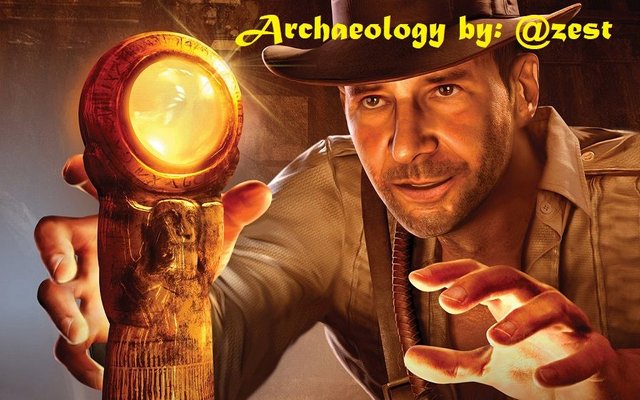
Dear Reader
In this following series of posts we are covering the Later Stone Age of South Africa, I highly encourage you to please read the Introduction, Historical Background, Advances in Later Stone Age, Climatic conditions of the LSA in South Africa, Elements characteristic of the Later Stone Age, The Later Stone Age sequence, Early Later Stone Age: Robberg assemblages, Robberg Subsistence Economy, The Oakhurst, including Albany and Lockshoek non-microlithic assemblages and Wilton assemblages posts to this series to bring you update to date with the information and terminology we have covered so far.
Hunter-gatherers' way of life during the Later Stone Age: Introduction
Early studies of contemporary hunter-gatherers focussed on their timeless, traditional organisation. Distinctive elements of San organisation were believed to indicate social and cultural continuity. These distictive elements include the following: geographical isolation; formal territorial organisation; egalitarianism; well-established sharing patterns organised around a delayed system of gift exchange; aggregation and dispersal (which denote public and private phases of group and intergroup life and ritual); scheduled activities; and the resolution of disputes through shamanism and ritual behaviour. In the past hunter-gatherers evidently shared a number of common features which, to a certain extent, are still shared by comtemporary hunter-gatherers.
Current archaeological and ethnohistorical studies have reveal the impact and complexity of prehistoric and historic group interaction on hunter-gatherers. Hunter-gatherers have not lived in isolation. They have been influenced for at least 1000 years, and probably longer, by contact with Iron Age communities and, later, European farmers and traders.
The movement of agropastoralist groups into their territories would have inevitably influenced the economy, political organisation and social structure of a hunting and gathering society. The indigenous hunter-gatherers therefore had to develop a range of strategies in their dealings with newcomers. Hunter-gatherers are no longer viewed as isolated, timeless, pristine foragers; active participation in, and adaptation to, contact are now regarded as integral elements of their organisation.
Ethnographic sources on the 18th century group relationships show that hunter-gatherers were both diverse and fexible when it came to adapting to contact with other groups. These contacts included: occasional contact; mutually profitable client-patron interaction; and degrees of subordination or subjugation of San to pastoralist groups. Despite a long period of coexistence with various neighbouring groups the San, until very recently, practised different economies, languages, beliefs and customs.
Archaeological research demonstrates this variation in economic interdependency. It is only through archaeological investigations that the time duration of interaction with pastoralist groups can be ascertained. Indications of such processes are found in environmental data, household debris, technological data and other associated information left by the hunter-gatherers during the period they occupied shelters. Material foreign to a hunting and gathering society provides additional insights into the complex economic, social, and religious transformations resulting from intergroup contact.
Recent ethnographic research has provided us with a wealth of information on the lifestyles of hunters and gatherers. However, for the purposes of this series of posts, we shall confine our discussion to the most basic and most important information. Ethnographic information provides a solid and detailed information base which can be used to test archaeological evidence. We obviously need to have some basic information on the adaptation strategies used by modern hunter-gatherers to exploit the plant and animal food available in a specific environment; we also need basic information on their use of land resources. Such information is extremely difficult to obtain from archaeological deposits alone, which is why we need to use ethnographic evidence to interpret archaeological occurrences.
It is important to remember that ethnographic evidence is derived mainly from information on recent San hunter-gatherer adaptation to semi-desert areas; we need to remember that this evidence may not always apply to the less-hostile environments enjoyed by some of the prehistoric peoples. It must be stressed that the lifestyle, beliefs and social organisation differed between groups and changed over time. Throughout the LSA a series of continuing and subtle adaptations shifts are recognised furthermore, ethnographic and historic evidence can only be used with confidence for the last 2000 years.
In short, we have to keep all these limitations in mind when we use ethnographic analogies to interpret prehistoric archaeological occurrences. We can, however, demonstrate that there was considerable similarity in the subsistence practices, style and use of stone tools and other material culture, as well as ritual beliefs among the various San groups (ie those groups who live in vastly different areas). Our focus is therefore the San's general subsistence patterns and social adaptations.
Images are link to their sources in their description and references are stated within the text.
Thank you for reading
Thank you @foundation for this amazing SteemSTEM gif

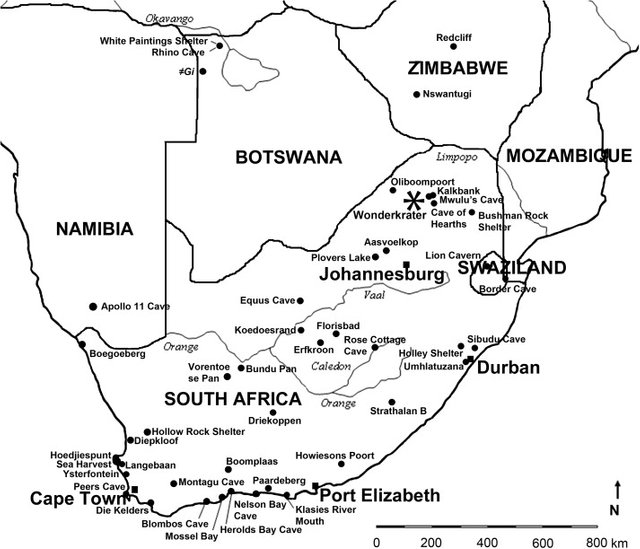
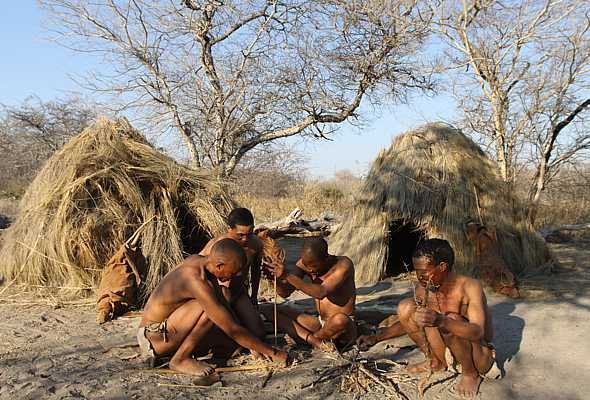
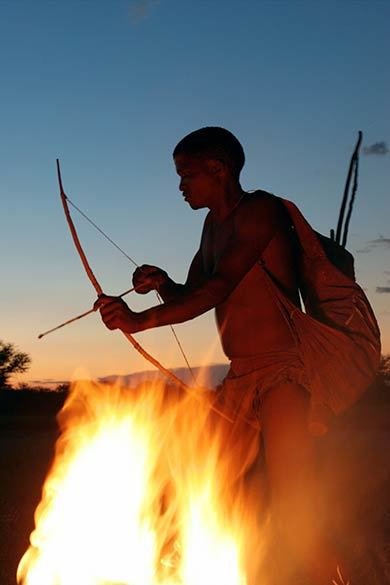
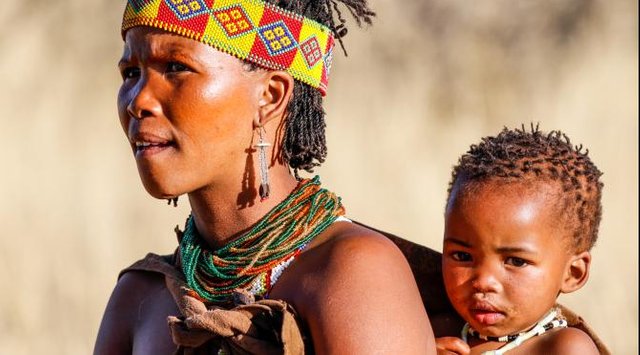

excellent, @zest. you are a great archaeologist. the description is easy to understand.
Thank you my friend!
you're welcom, my friend
Thank you @zest ! it is always astonishing to learn about the intricacies of lives of our ancestors!
Howzit my boet!!!
Thank you for the comment.
woww..one one of many great writers. i like your writing. really very neat. i like your post. i always follow you. I have also joined the steemstem channel. thanks my friend. by, @boyasyie
Thank you so much @boyasyie
both my friends. I'm so glad you responded. this is an honor for me. i like you.
very very nice dear
I simply love your articles, what great content and quality of posting you offer the community here on Steemit and abroad.
Thanks a lot :)